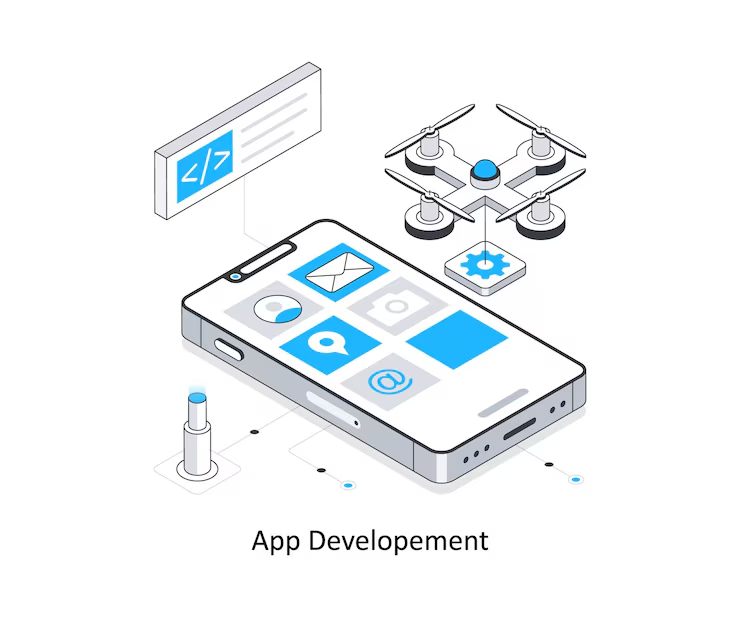Introduction
In the fast-evolving digital landscape, interactive content has emerged as a powerful tool to engage users, enhance brand experience, and drive conversions. Unlike traditional static content, interactive elements like quizzes, polls, and augmented reality (AR) experiences encourage participation, making digital interactions more memorable and effective.
Why Interactive Content is Gaining Popularity
Interactive content provides a two-way communication channel, allowing users to actively engage rather than passively consume information. Key reasons behind its growing popularity include:
- Higher Engagement: Interactive content captures attention and keeps users engaged longer.
- Better Retention: Users are more likely to remember brands that provide interactive experiences.
- Improved Conversions: Engaged users are more likely to take action, leading to higher lead generation and sales.
- Valuable User Insights: Businesses can gather real-time data and preferences through interactive elements.
Types of Interactive Content
Let’s explore some of the most effective interactive content formats and how they enhance user engagement.
1. Quizzes
Quizzes are a fun and effective way to engage users while collecting valuable information about their interests and preferences.
- Example: Personality quizzes like “Which Digital Marketing Strategy Suits You?” drive engagement and encourage sharing.
- Benefits: Increases session time, generates leads, and enhances personalization efforts.
2. Polls and Surveys
Polls and surveys allow businesses to gather feedback, understand audience preferences, and foster engagement.
- Example: Instagram and Twitter polls on trending topics boost interaction and brand visibility.
- Benefits: Provides insights into customer behavior while keeping them engaged.
3. Augmented Reality (AR) Experiences
AR technology enhances digital interactions by allowing users to visualize products or engage in immersive brand experiences.
- Example: AR filters on Instagram and Snapchat enable users to try on products virtually before purchasing.
- Benefits: Increases confidence in buying decisions and enhances customer experience.
4. Interactive Videos
Unlike traditional videos, interactive videos allow users to make choices, explore different storylines, or click on embedded links.
- Example: E-commerce brands use interactive videos to showcase products and enable instant purchasing.
- Benefits: Improves engagement rates and provides a more immersive experience.
5. Gamification Elements
Adding gaming elements like rewards, leaderboards, or progress bars to marketing campaigns increases user participation.
- Example: Loyalty programs with interactive challenges encourage repeat engagement.
- Benefits: Enhances user motivation and fosters brand loyalty.
Best Practices for Implementing Interactive Content
To maximize the impact of interactive content, brands should follow these best practices:
- Understand Your Audience: Ensure content is relevant and resonates with the target audience.
- Keep It Simple: Make interactions intuitive and easy to use.
- Optimize for Mobile: Ensure all interactive elements are mobile-friendly for a seamless experience.
- Encourage Sharing: Design content that users will want to share, increasing brand visibility.
- Measure Performance: Track engagement metrics to refine and improve interactive strategies.
Case Study: How a Brand Leveraged Interactive Content Successfully
A leading beauty brand implemented an AR try-on feature, allowing users to test different makeup products virtually. As a result, customer engagement increased by 45%, and sales saw a 30% boost, proving the effectiveness of interactive content in enhancing user experience and driving conversions.
Conclusion
Interactive content is revolutionizing digital marketing by creating engaging, memorable, and data-rich experiences. Whether through quizzes, polls, AR experiences, or gamification, brands that embrace interactivity can build stronger connections with their audience and drive meaningful results.
FAQs
1. Why is interactive content important in digital marketing?
Interactive content enhances engagement, improves retention, and increases conversions by making digital experiences more immersive and participatory.
2. How can quizzes help in marketing?
Quizzes engage users, provide personalized experiences, and help brands collect valuable data for targeted marketing campaigns.
3. What are the benefits of using AR in marketing?
AR enhances customer experience by allowing virtual try-ons, increasing purchase confidence, and making brand interactions more immersive.
4. How can businesses implement interactive videos effectively?
Businesses can create shoppable videos, branching storylines, or educational tutorials with interactive elements to boost engagement and conversions.
5. Is interactive content expensive to create?
While some formats like AR may require investment, quizzes, polls, and gamified experiences can be created cost-effectively with various online tools.
6. How can I measure the success of interactive content?
Track metrics like engagement rates, dwell time, conversion rates, and social shares to assess the performance of interactive content strategies.







